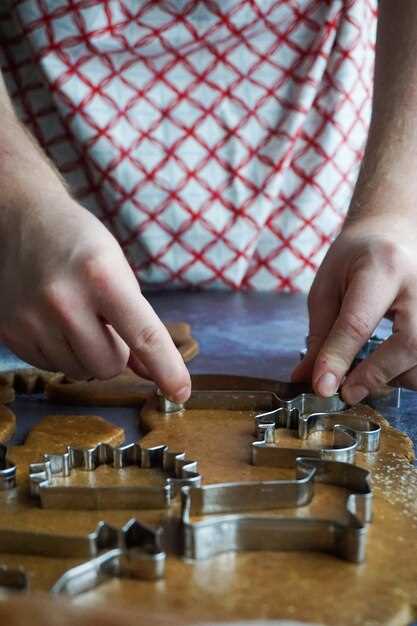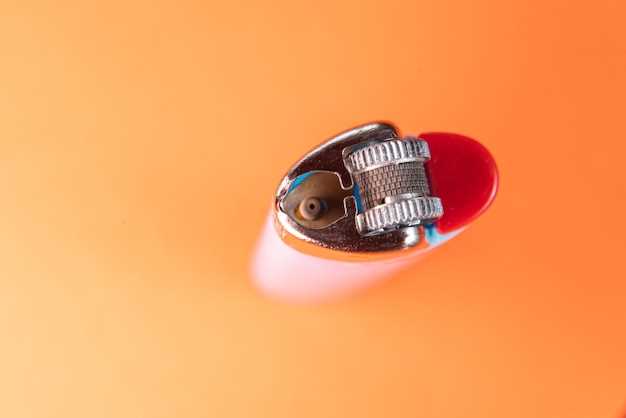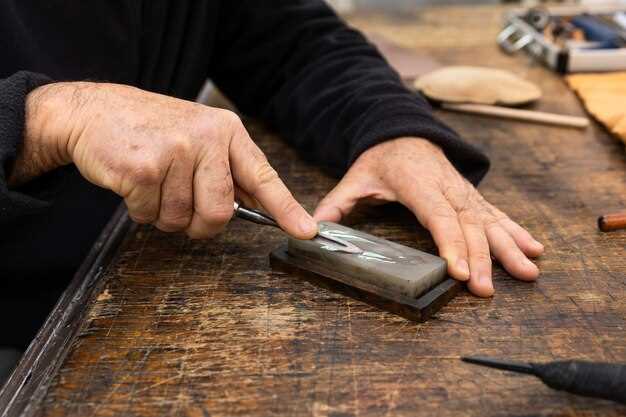
Restoring a vintage race car is not just a hobby; it is a passionate journey that begins with a deep appreciation for automotive history and the thrill of racing. Every classic car carries its own stories and triumphs, making the restoration process a meticulous endeavor that demands respect for its heritage. Restorers aim to preserve the car’s original essence while incorporating modern techniques to enhance performance and safety.
The first step in the restoration process involves a thorough evaluation of the car’s current condition. This includes assessing the chassis, engine, and body for wear and damage. Having a clear understanding of what needs to be repaired or replaced is crucial for creating an effective restoration plan. The restoration of a vintage race car not only focuses on aesthetics but also prioritizes restoring its racing capabilities to ensure it performs as intended on the track.
Another critical aspect of restoring a vintage race car is sourcing authentic parts. Original components add value and authenticity to the restoration project, making it essential to find reputable suppliers or salvage yards that specialize in vintage racing materials. The balance between maintaining original features and upgrading where necessary, such as implementing modern safety standards, is vital for a successful restoration, allowing these incredible machines to race once again.
Assessing the Condition of Your Vintage Race Car

Before diving into the restoration process, it is crucial to assess the condition of your vintage race car. This initial evaluation helps determine the level of work required and allows for informed decision-making regarding repairs and upgrades.
Start by examining the body for any signs of rust, dents, or damage. Pay close attention to critical areas such as wheel wells, undercarriage, and the chassis. Identifying structural issues early on will prevent more extensive repairs later.
Next, inspect the engine and drivetrain. Look for leaks, corrosion, and any missing components. A thorough check of the engine’s internal parts, including the cylinder head and crankshaft, will provide insight into its operational condition and potential need for rebuilding.
Electrical systems should also be evaluated during the assessment. Vintage cars often have outdated wiring that may be frayed or damaged. Ensure all gauges and lights are functional, as this affects not only performance but also safety during racing.
Additionally, take a close look at the suspension and braking systems. These components are vital for handling and safety on the track. Any signs of wear, such as leaking shock absorbers or worn brake pads, must be addressed prior to beginning the restoration process.
Lastly, consider the interior of the car. Assess the condition of the seats, dashboard, and any other components. Vintage racing cars can require significant restoration to ensure driver comfort and authenticity during the racing experience.
Document all findings in detail, including photographs of critical areas. This record will serve as a valuable reference throughout the restoration process and assist in tracking the progress of your vintage race car.
Finding Authentic Parts for Restoration

Restoring a vintage race car requires meticulous attention to detail, especially when it comes to sourcing authentic parts. Utilizing original components not only preserves the vehicle’s integrity but also enhances its historical value. Here are key strategies to consider when searching for these essential parts:
- Research Online Marketplaces:
- Explore platforms such as eBay, Hemmings, and Racing Junk for listings of authentic parts.
- Join specialized forums where enthusiasts often sell or trade rare components.
- Connect with Collectors:
- Network with vintage race car collectors or clubs that might have leads on genuine parts.
- Attend car shows or auctions to meet like-minded individuals and discover sources.
- Consult with Experts:
- Engage with restoration specialists who have extensive knowledge of vintage racing cars.
- Seek recommendations for reputable suppliers who focus on authentic parts.
- Utilize Specialty Salvage Yards:
- Identify salvage yards that specialize in classic and racing vehicles.
- Be prepared for hands-on searching; sometimes, the right part may require a little digging.
Each phase of the restoration process hinges on the authenticity of parts used. Prioritize finding original components to ensure your vintage race car retains its racing spirit and legacy.
Tuning and Testing for Vintage Racing Performance
Once you have completed the restoration of your vintage race car, the next crucial step is tuning and testing for optimal racing performance. This phase involves fine-tuning various components to ensure that the car performs at its best on the track. Proper tuning can significantly enhance speed, handling, and overall reliability during races.
Engine Tuning is the first priority. Adjusting the carburetors or fuel injection systems, optimizing ignition timing, and ensuring that the engine runs smoothly are essential tasks. This involves measuring engine outputs such as horsepower and torque through the use of a dynamometer. Monitoring these metrics helps in making informed adjustments that can lead to improved acceleration and speed on the racetrack.
Next, suspension setup plays a vital role in the handling of the car. Adjusting shock absorbers, springs, and alignment settings can significantly impact how the car reacts during cornering and braking. The suspension should be tuned according to the specific requirements of the racing circuit where the car will compete. Different tracks demand various handling characteristics for optimal racing performance.
Tire selection and pressure also contribute immensely to racing effectiveness. Choosing tires designed for vintage racing ensures better grip and control, while maintaining the appropriate tire pressure is critical for consistent performance. Regularly checking and adjusting tire conditions keeps the car responsive and stable during races.
Once tuning is accomplished, road testing is essential. Different track simulations can be conducted to assess the car’s capabilities under racing conditions. Testing should include both short bursts of speed and endurance runs to gauge how well the car performs over time. Any anomalies in handling or performance should be noted, allowing for further adjustments before hitting the race track.
Finally, data logging during both tuning and testing provides valuable insights. Collecting data on speed, engine temperatures, and other performance metrics allows teams to make analytical decisions that can help refine the car for optimal racing outcomes. Consistent testing and tuning will ensure that your vintage race car is not only a tribute to history but also a formidable competitor on the track.



